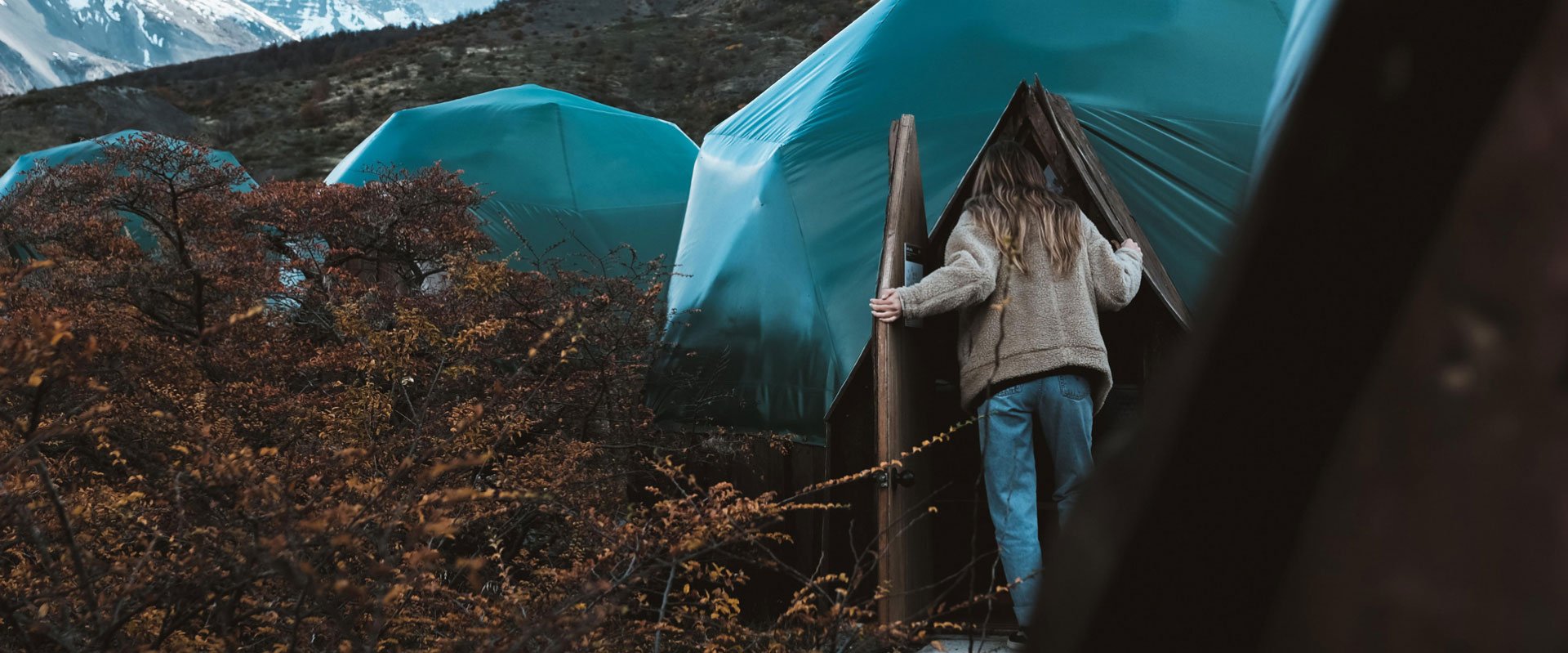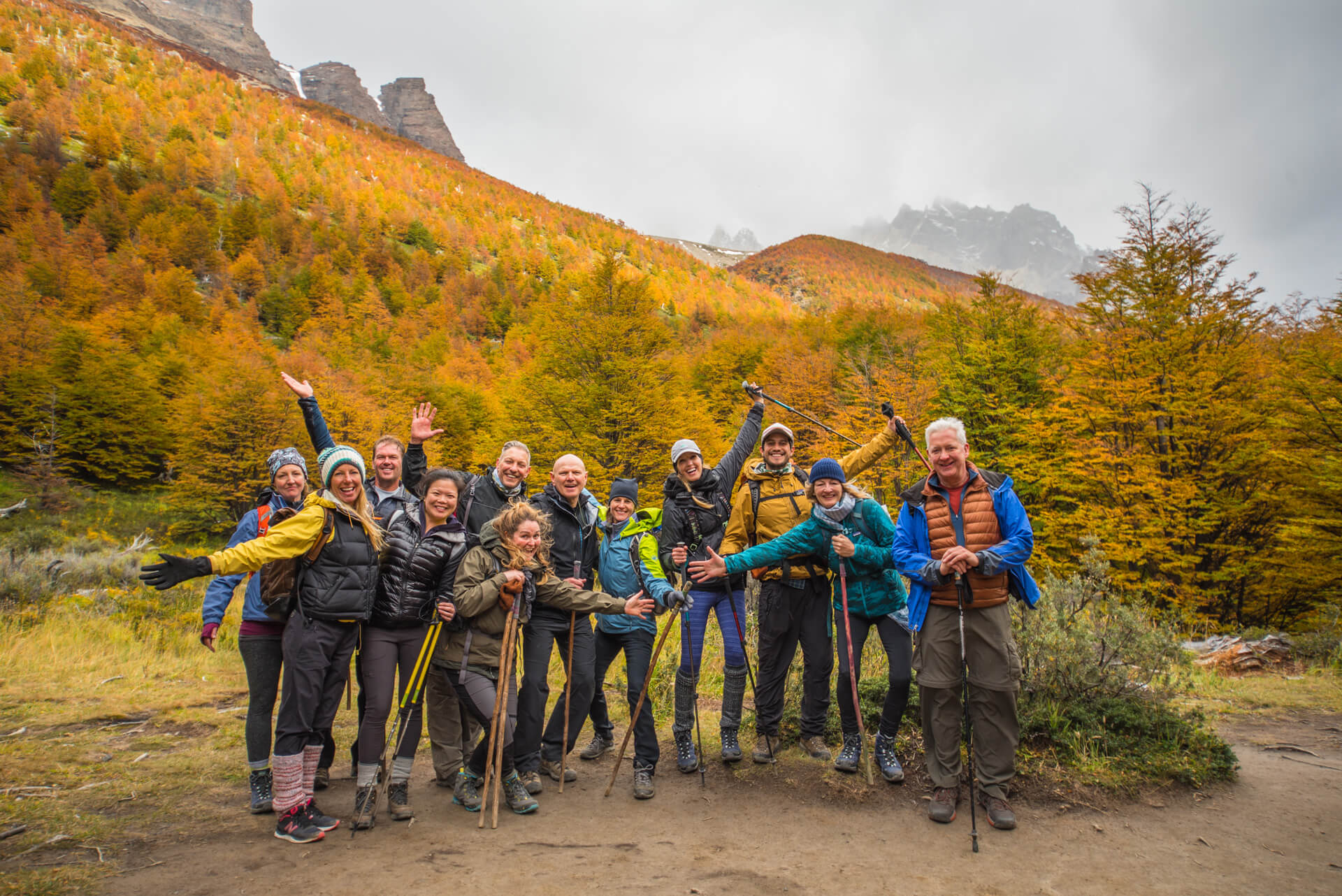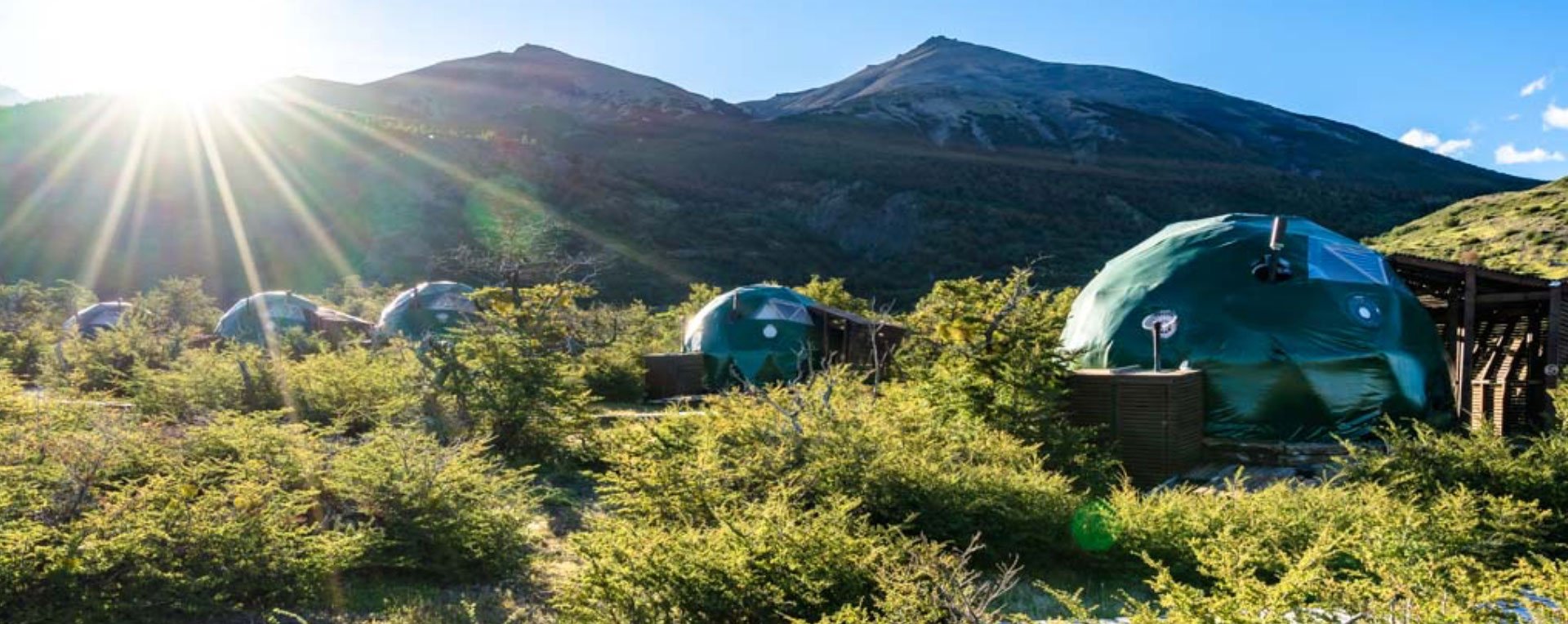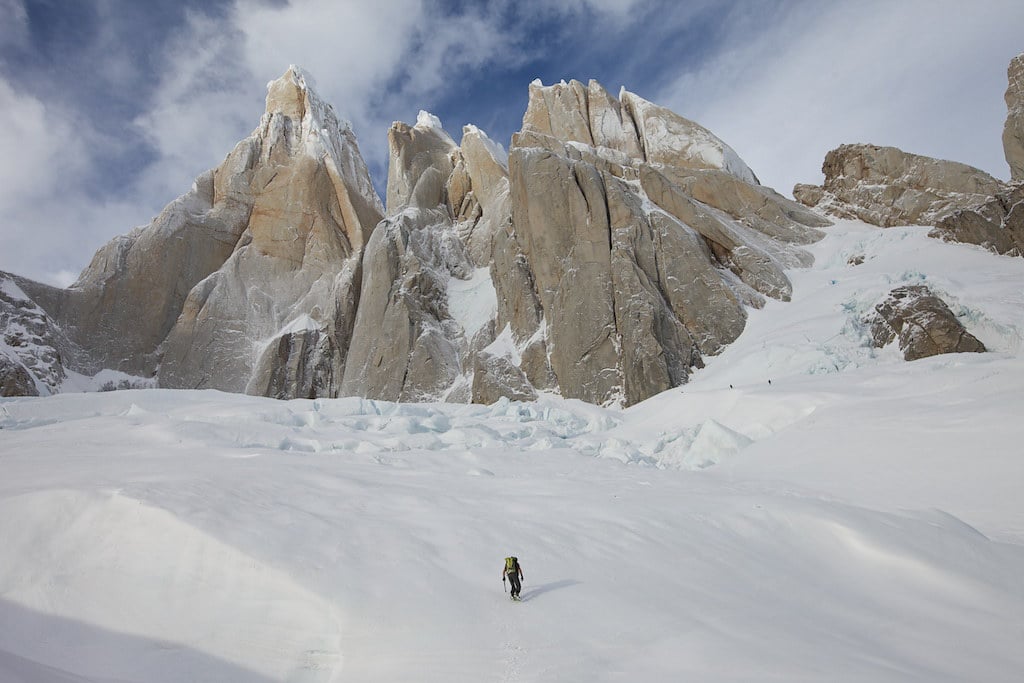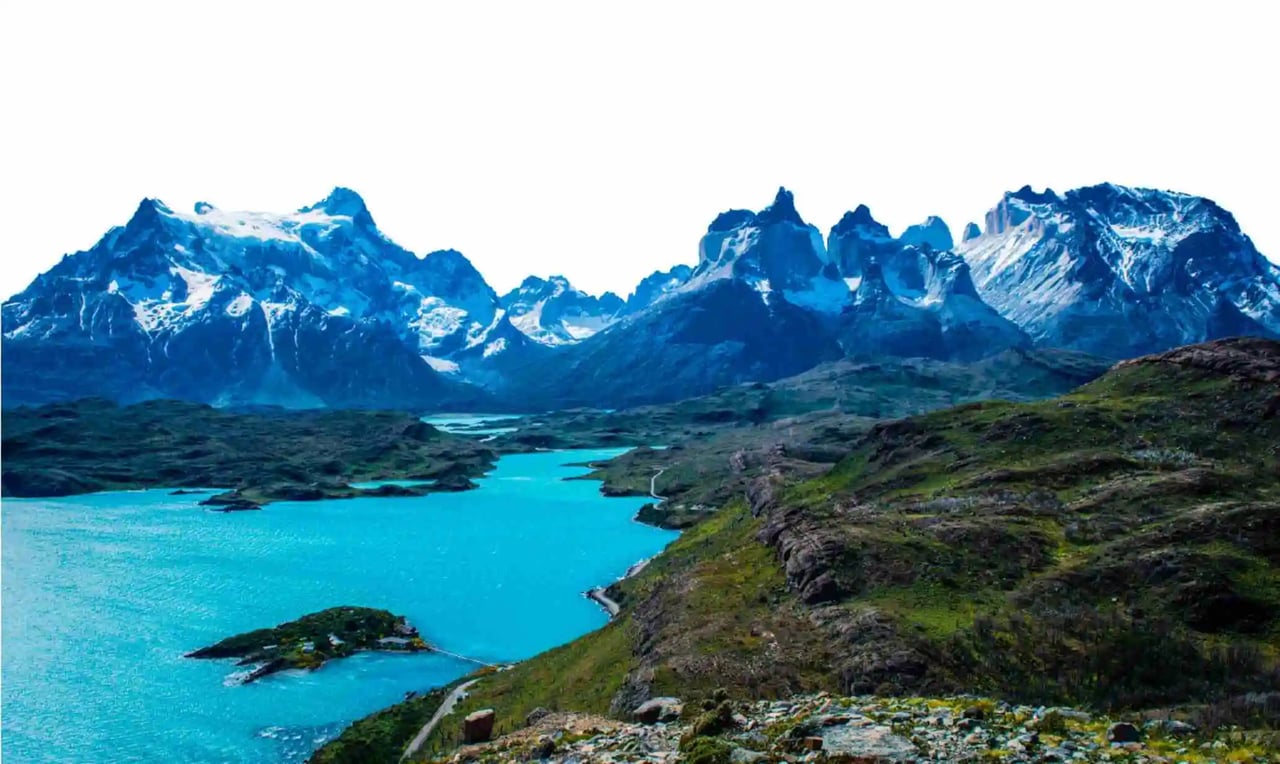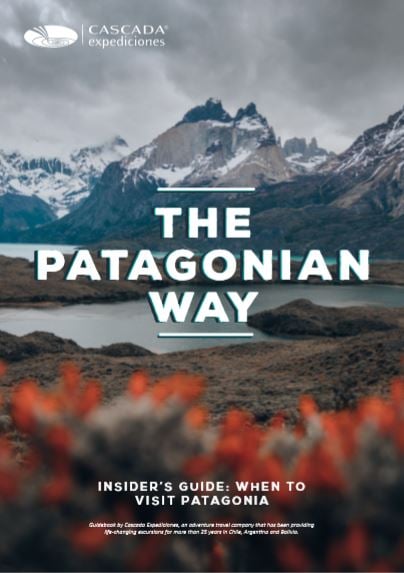- Introduction
- Start - Silence Valley
- Day 1 - The North Tower
- Day 2 - The Central Tower
- Day 3 - The South Tower
- Dream Bigger, Reach Higher
FAQ:
My eyes widened as I could barely believe what he was saying. They had climbed the 3 most famous - and steepest – peaks in Chilean Patagonia. Thousands of hikers cross the world every year to see “the eighth wonder of the world”. The 3 Torres del Paine, 3 astonishing granite towers; the biggest one reaching 2850 meters (9350ft). They had been scaled 3 times and the “The Señoret Brothers” would be the 4th ones to take up that crazy challenge: Cristobal Señoret - the incarnation of the “Dream Bigger, Reach Higher” quote - and his brother Juan Señoret.
They climbed the most dangerous mountains in Patagonia - and keep doing so!
Juan was telling me his story humbly, taking his time to go into details. Looking at his hands, I could tell he was no liar. With scars and missing nails, they looked like those of a 60-year-old climber who had spent his life on the rock. Cristobal started climbing trees at the age of 14. Now he was 24 and went rock climbing every day. And, from time to time, he breaks records on ultra-prominent peaks (He is the only Chilean climber to have climbed Argentina’s Cerro Fitz Roy (3,405m/11,171ft) twice). As a team, the Señoret brothers successfully reached the summit of Cerro Torre (3128m/10,262ft) in Argentina - one of the most dangerous mountains in the world for climbers. And, with their recent ascent in Torres del Paine, they made history. I smiled at Cristobal, thinking “man, you’re bosses”. However, when he started telling me the story of the ascent, I realized I was off the mark. They were more than bosses: these guys had done the unthinkable.
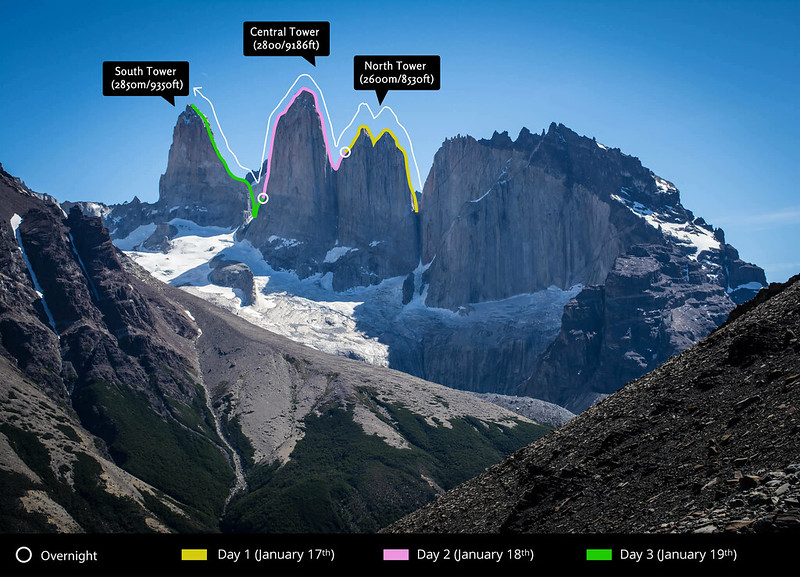
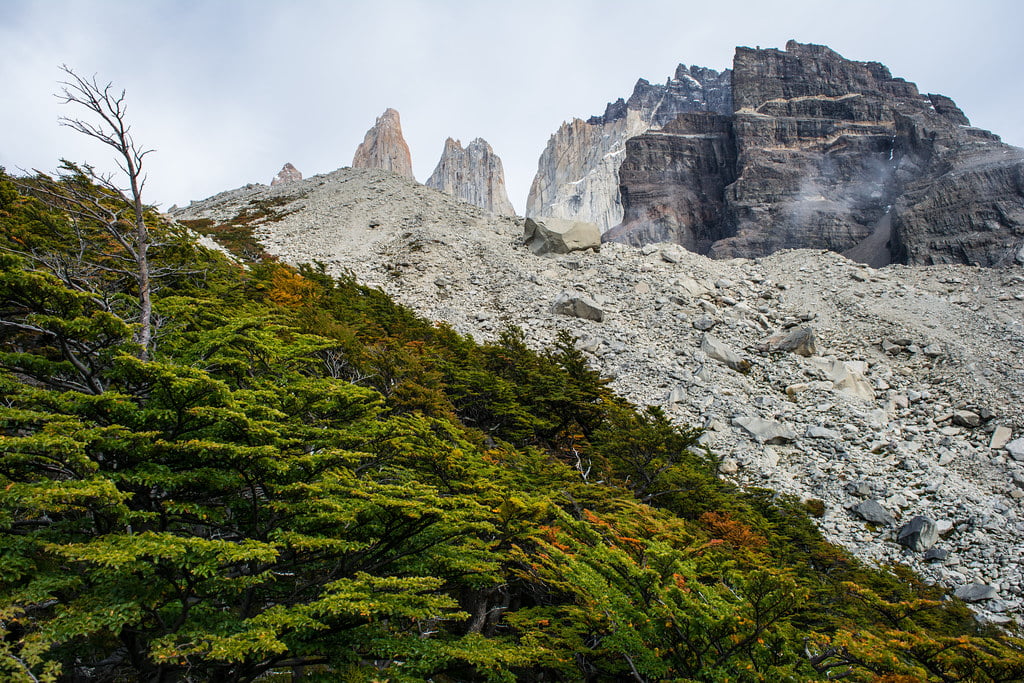
January, 16th 2015
Hiking through Silence Valley
FAQ:
Cristobal (24), Juan (27) and their Argentinian friend Iñaki Coussirat (23) undertook the 5-hour hike to the towers’ base at midday. They had trained for months, climbing in the Andes and reaching several summits in Patagonia. They made sure the weather would be alright, after checking the most reliable weather forecasts, such as Windguru.com and SnowForecast. The changing weather of Patagonia would be fine for at least three days: no wind, no rain, almost no clouds. It was now or never. That day, they felt ready.
"We knew we had to do this together and would stay together until the end. We are a team: we would succeed or fail together. We had failed before, we know each other well. It made us stronger; so that day, we felt determined. We would succeed.”
They would start with the North Tower (2600m/8530ft), continue with the central tower (2800/9186ft) and end with the South Tower (2850m/9350ft). Cristobal had already climbed the towers but never connected them: today, as leader, he was in charge of taking the correct route. The project was called “Andino’s Travers”.
They would sleep on the way and have no external assistance.
To be as light as possible, they took the minimum: no more than 15 kilos/33lbs per backpack with their equipment distributed in two backpacks, so one climber would be free of weight. Here, it would be the group leader. Apart from clothes, they had brought two ropes (60 and 70 meters), a Camalots’ double axle design, nuts and stoppers, a small stove, one gas bottle, food – basically dried fruits and cornflour – and two Indian flutes (playing that enchanting instrument formed part of their rituals). As for the nights on the rock, they redefined a sleeping bag to make it a 3-person bed, warm enough for the cold nights of Patagonia. They had also brought a satellite phone so they could be in on the weather changes.
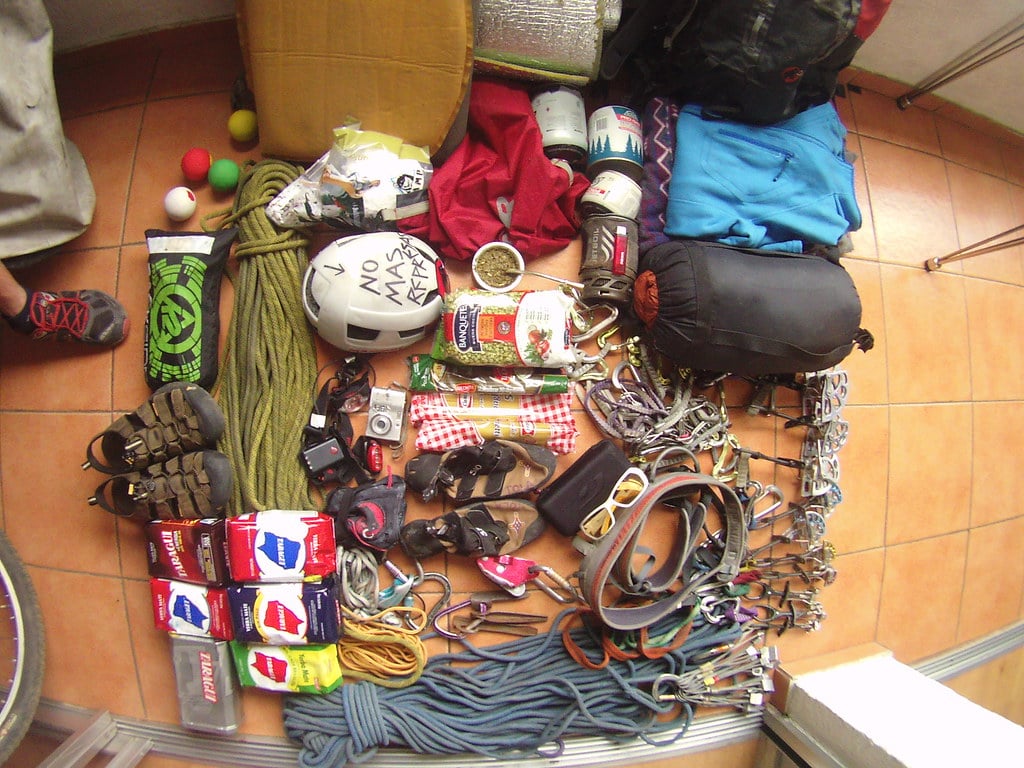
“Unlike other climbing spots in the world, in Patagonia you have to hike before you can start the climb”
They made their way from Las Torres campsite through the lush green forest of the Ascencio valley where they met heaps of hikers who were heading to the towers’ base lookout. They kept hiking before reaching the Silence Valley; one of the last unspoiled trails in the national park. Here the path became steeper and dramatic granite walls came into view: among them Cerro Fortaleza and Cerro Escudo. After only 4 hours they had reached the Western faces of the towers. Now, they really felt tiny, dwarfish, and insignificant. The official climbing route started here, in the lesser-known panorama of the towers…in the silence. They would wait until dawn the next day to start the ascent.
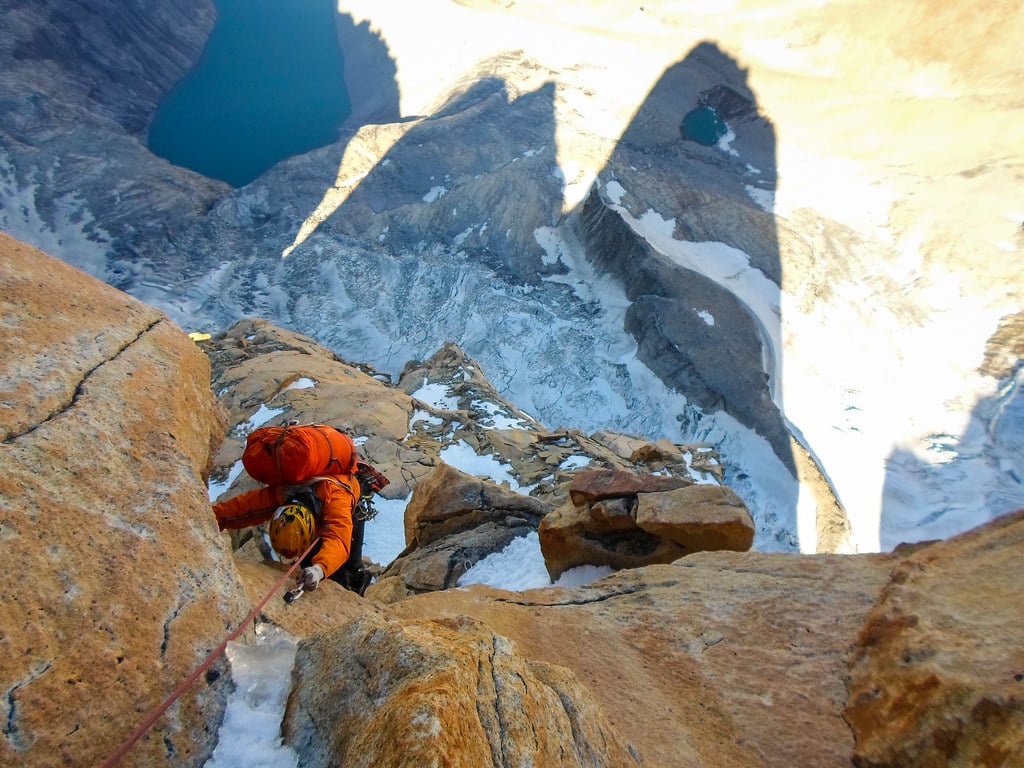
January, 17th 2015
The North Tower
- Start - Silence Valley
- Day 1 - The North Tower
- Day 2 - The Central Tower
- Day 3 - The South Tower
- Dream Bigger, Reach Higher
FAQ:
The night was cold. Cristobal, Juan and Iñaki would be able to climb with optimum conditions, as the previous days had been warm enough to dissolve most black ice and make the rock less slippery. Today was a decisive day.
Why? Because today they would be among the first Chileans to climb the three towers.
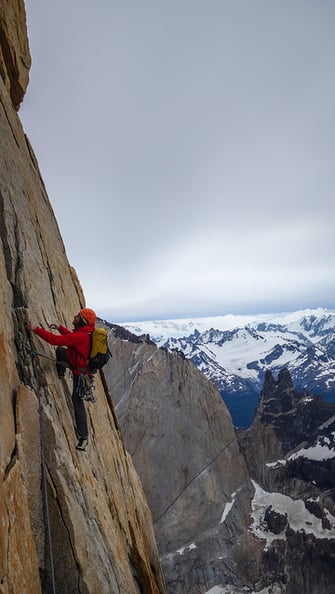
The first successful climb was in 1958, when Pierino Pession, Camilo Pelissier, Leonard Carrel and Jan Bich (Italy) reached the top of the North tower. In 1963, Chris Bonnington and Donald Williams (Great Britain) opened the most famous ascent road of the North tower; the same year an Italian group climbed the South tower for the first time. In 1996, a Chilean group reached the south tower’s peak. In 2002, Steven Scheider (USA) made the headlines while finally connecting the 3 towers in 51 hours. Pedro Cifuentes (Spain) completed the same feat in 2014 after 29 days and, more recently, a Spanish-Argentinan group led by Orial Baro successfully climbed the towers, but omitted one of the two peaks of the North tower.
Because, yes, it is important to mention that the North tower is divided into two peaks. If they climbed both, they would be 3rd group to have climbed all the towers’ peaks.
The sunshine warmed Cristobal’s hands as the group followed him frantically through the Espiritu Libre (5.11/A1, 500m) route to reach the 1st peak. Then, they went down and up again to take the route called Cuenca es Unica (6b+/A1, 250m), leading to the 2nd peak.
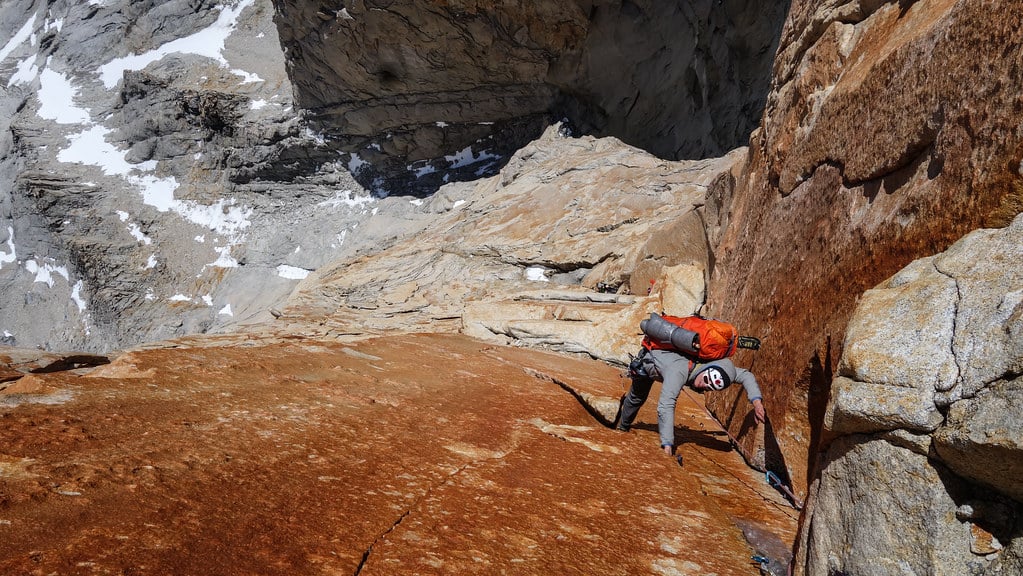 Vertigo is forbidden...
Vertigo is forbidden...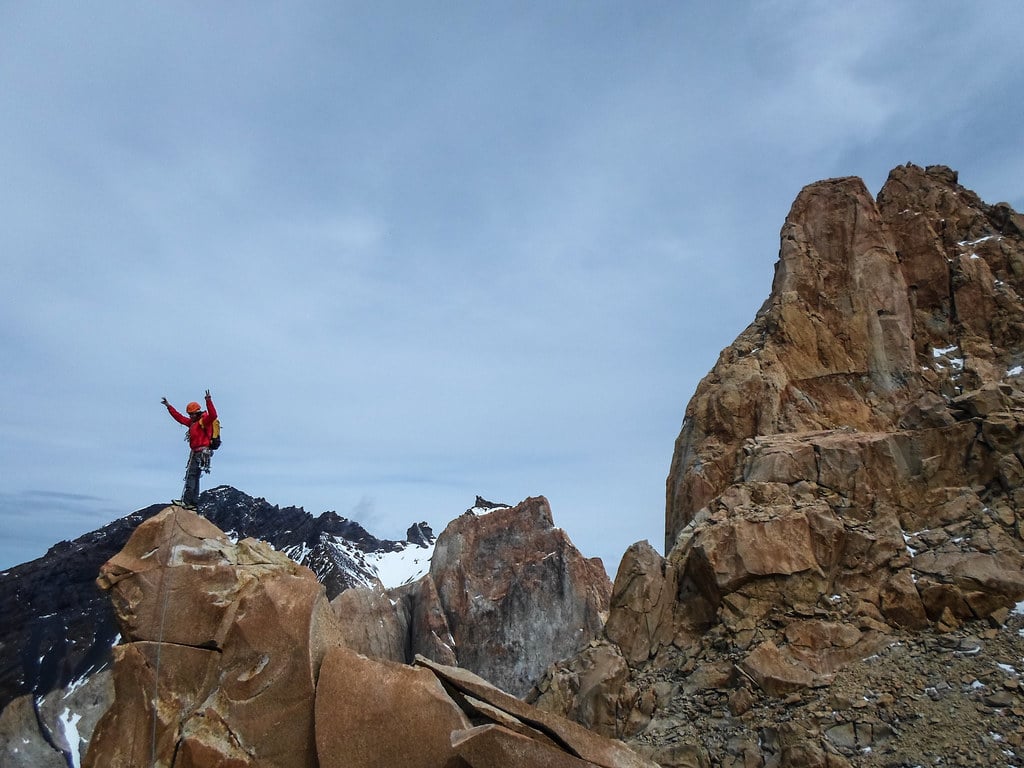
That part was particularly complex because of the rolling stones (and the chances to crash onto the rocks with any bad move). They raised the hands in the air as they reached the North peak. They rappelled through the Monzino route, and ended the day’s climb on a small terrace after 14 hours climbing (8 hours up, 6 hours down).
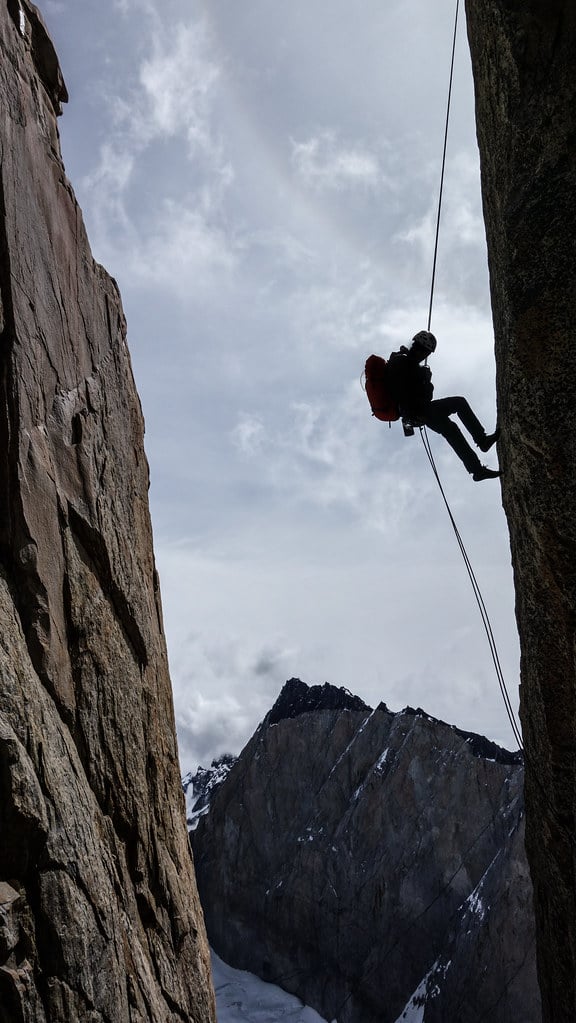 The art of rappelling down...
The art of rappelling down...They ate and slept on the north tower, the three of them in one sleeping bag.
The night would be short. With 17 hours of daylight in Summer, Patagonian summers aren’t famous for their long nights.
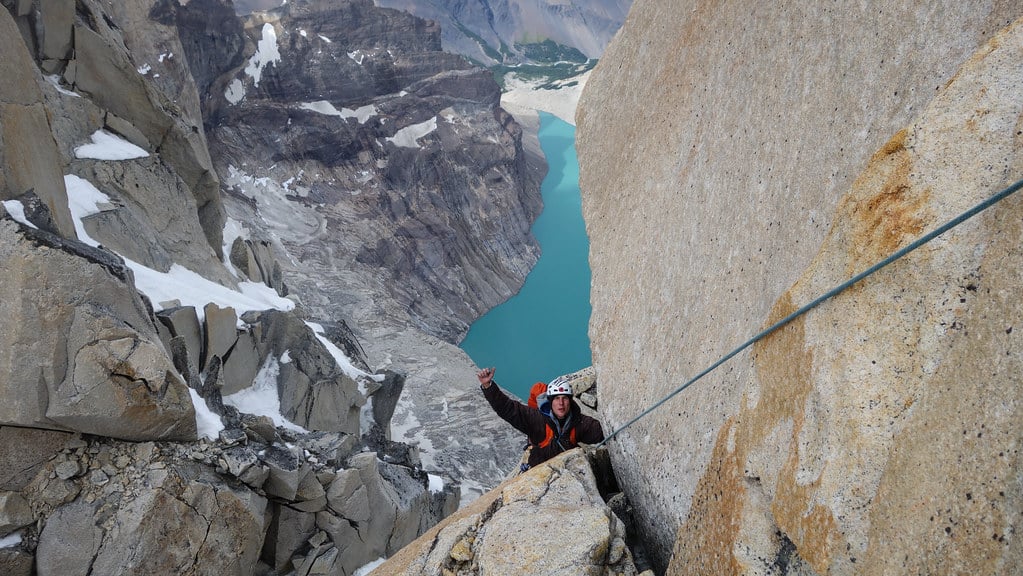
- Day 1 - The North Tower
- Day 2 - The Central Tower
- Day 3 - The South Tower
- Dream Bigger, Reach Higher
FAQ:
The hopeful melody of a flute echoed across the vastness of the mountains. When Juan, Iñaki and Cristobal stopped playing, a deafening silence followed the music. The mountains were rock monsters that the climbers were, again, eager to conquer.
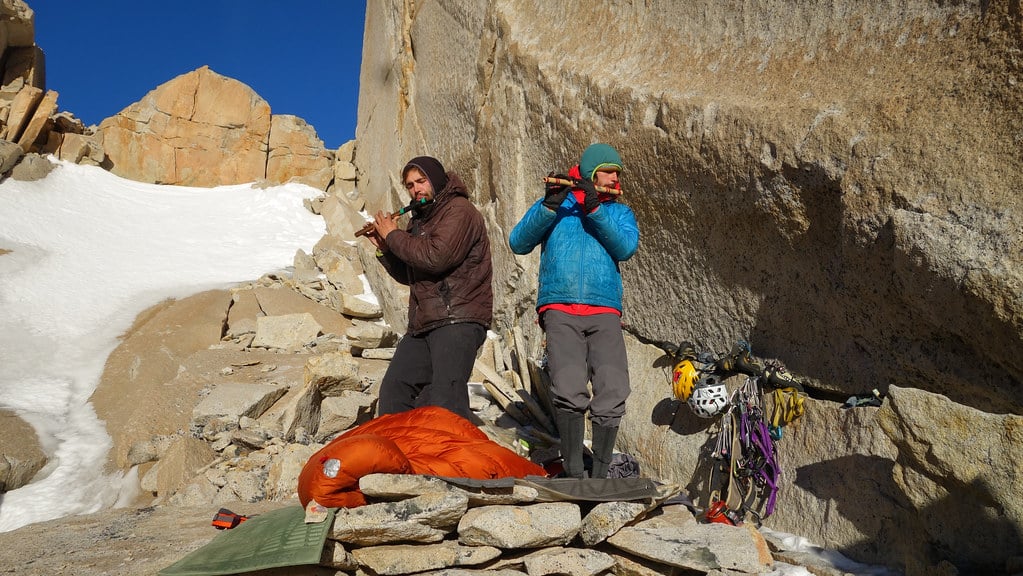 Best way to start the day: music
Best way to start the day: musicAfter an energizing – and light – breakfast, the group rappelled down for a while to reach the gap between the North and Central tower. They walked on the ice and looked at the glacier that once was a giant. Now, it had been replaced by a small size glacier and a piercing blue lagoon. They climbed up through the steep Bonningthon-Williams (7a+/A2, 800m) route to reach the top of the North Tower – the ascent of one of the world’s most stunning granite peaks. They did it patiently, as an echo to the quote “live for the journey, not the destination.”
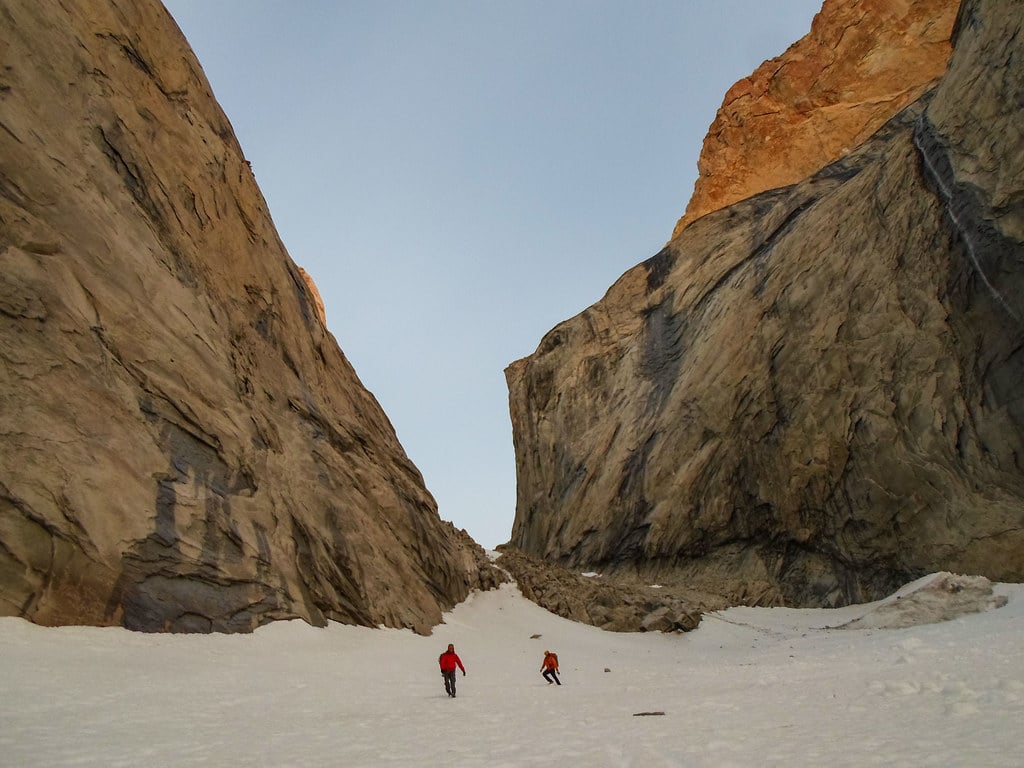 A small corner of paradize between 2 towers...
A small corner of paradize between 2 towers...Up there, they saw what few men had seen: the magnetic infinity of Patagonia. The horizon was mesmerizing. Planet Earth could not be more soul-stirring.
Then came the biggest challenge. None of the climbers knew the down-route of the Central tower; named the Kearney-Knight route. The north wall of the central tower is a precipitous wall which requires hours of technical rappelling. Cristobal rappelled down slowly.
The slightest mistake could be a disaster.
A thick mist slowly covered the mountains. Here and there, water trickled down on the slippery rock. Patience was key. Every move mattered. Cristobal had good instinct, so the group climbed down through the clouds without fear. When they started worrying about the weather, the fog suddenly dispersed. After 4 hours, they finally reached a small terrace where they could spend the night.
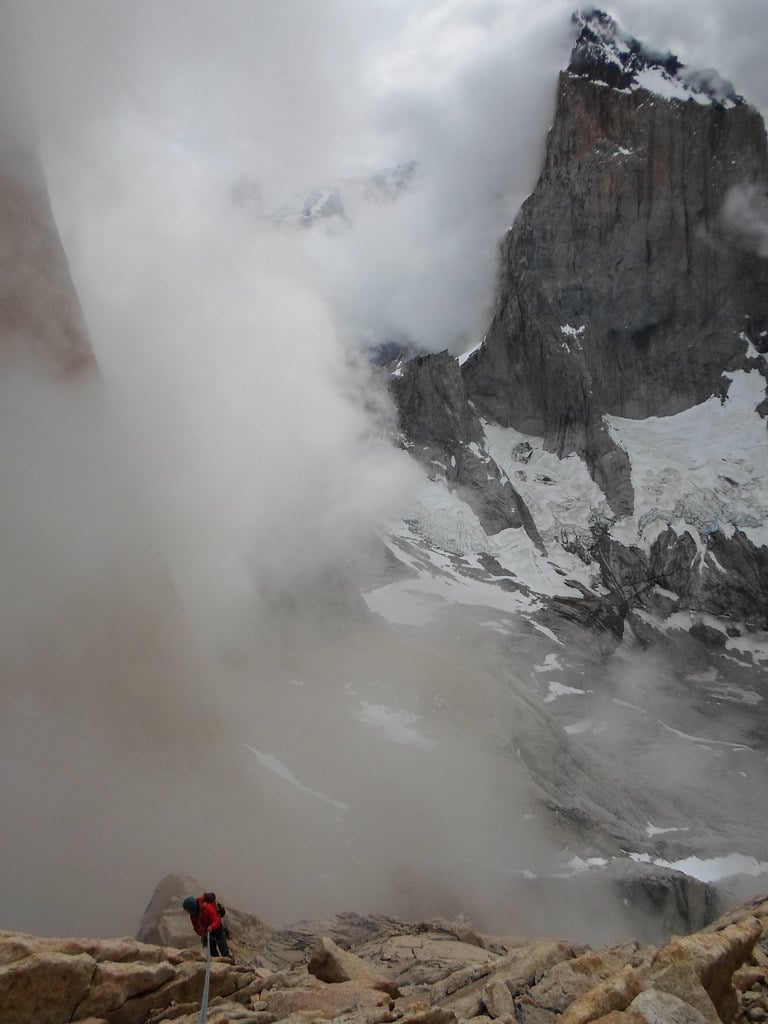
Here, there was pure solitude. The intimacy of the moment made them feel stronger. They still had one day to go, one day to climb the South tower; the highest and most dangerous of the three. They trusted nothing bad would happen. Not that it mattered anyway: here in Torres del Paine, there was no rescue team for climbers. No helicopters could save them if something happened. Unlike El Chalten and Mt. Fitzroy in Argentina, salvation totally depended on them. That night, they nestled in their sleeping bag hoping they would not have to use their satellite phone the next day.
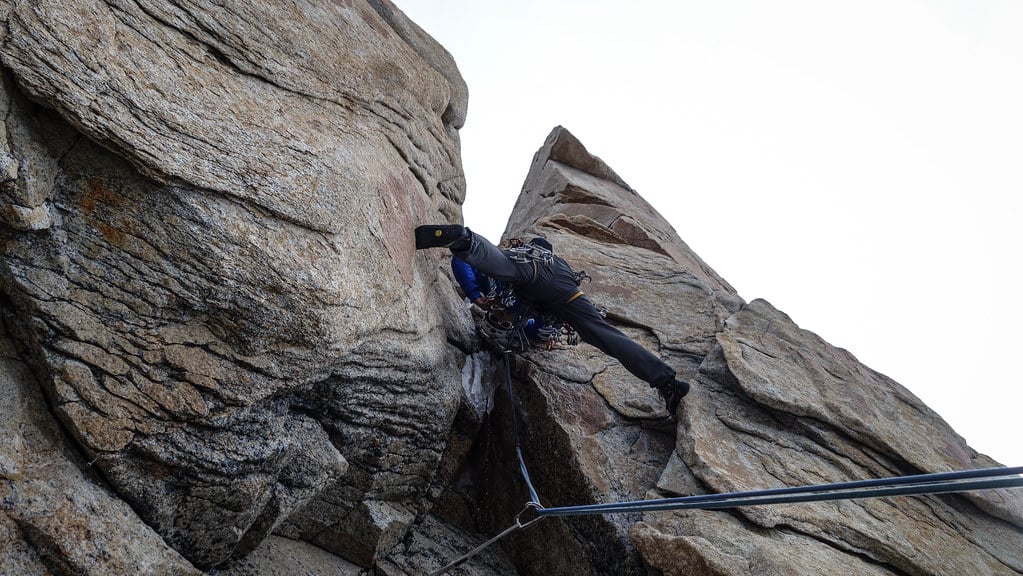
January, 19th 2015
The South Tower
- Day 1 - The North Tower
- Day 2 - The Central Tower
- Day 3 - The South Tower
- Dream Bigger, Reach Higher
FAQ:
A freezing breeze blew on the towers. They struggled against the cold to find peace in the night. The sun rose too quickly. They were tired, both physically and mentally. They rappelled down slowly to reach the break between the Central and South Tower. It was a wide hole covered by snow, and the simple act of raising their eyes made them feel they were nothing.
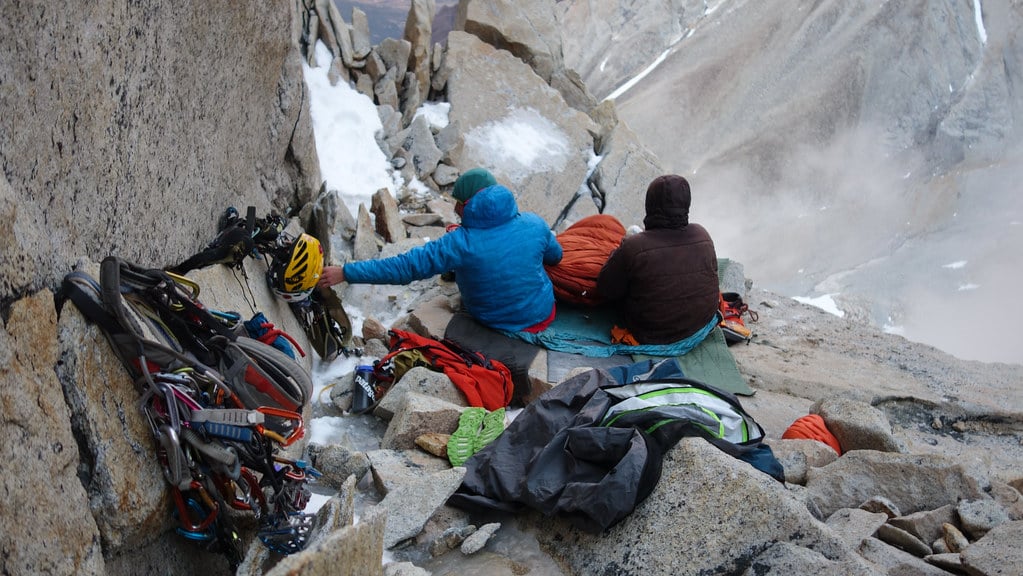 Not the coziest room indeed...
Not the coziest room indeed...The first 500 meters were full of rolling stones, making it a trial that selects the best climbers from the rest. Then they reached a large terrace where they could prepare for the last ascent through the Aste route (6c/ A1, 900m). Up there, they could see the final objective: the peak of the tower. They kept climbing surely, keeping their feet low, moving them frequently – about three foot placements for every hand move. Cristobal’s shout suddenly resounded. It was a horrible, dreadful sound. He had stepped onto an old cord that previous climbers had left on the rock. An old cord that was no longer steady...
Cristobal fell off about 7 meters and crashed onto the snow.
His body lay on a small rocky terrace. Juan and Iñaki immediately rappelled to go and check him out. “How are you, brother? Are you okay?”. If he was hurt, they would leave together. It would be the end of the journey. But Cristobal replied with a smile. “I’m fine, my friends!”. His feet hurt a bit, so they decided to take a break, making sure they could indeed keep climbing. Cristobal could not give up now. They had to continue.
They surpassed themselves on the last meters. The sun shone on their happiness. They all hugged, far from the craziness of our civilization, in a pure, miraculous communion with Mother Nature. They had conquered all the peaks of the towers. They took their time to look around them, and could not find words to encapsulate the beauty of the place. They were above the National Park’s major peaks: above Los Cuernos, above Almirante Nieto, above the other towers. They were on the highest tower, but it was not over yet.
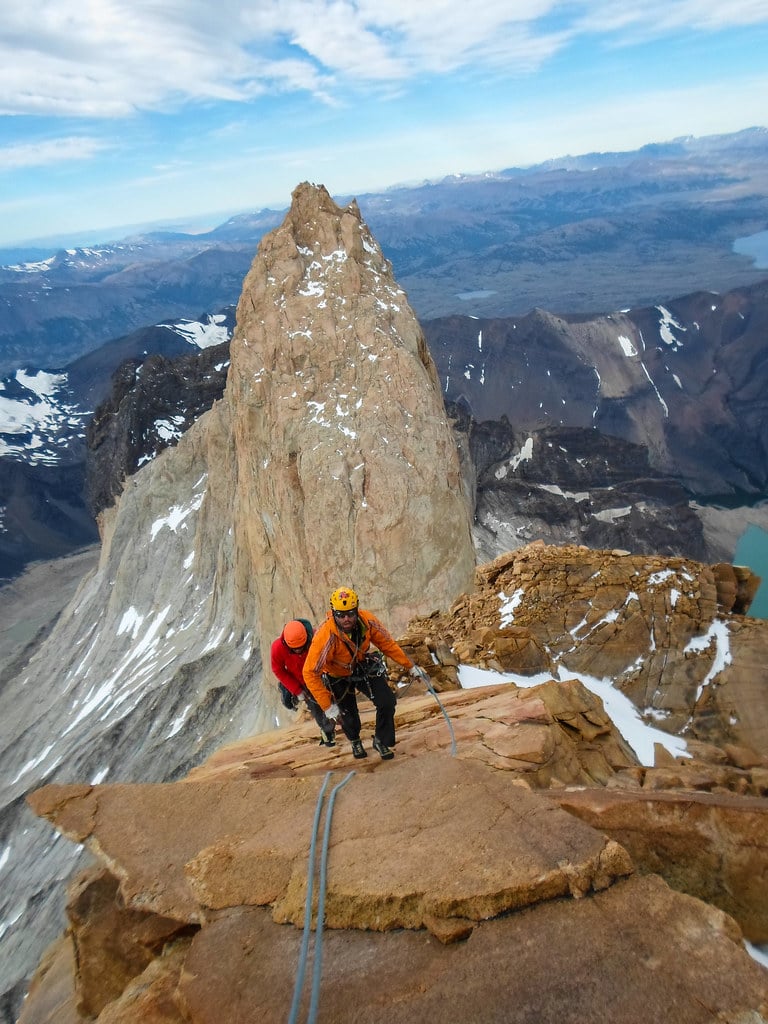 A few meters left before the summit of the South Tower...Do you see the North tower behind the group?
A few meters left before the summit of the South Tower...Do you see the North tower behind the group?The way down took them hours. They knew they had to keep going diligently. The 3 climbers were clear about that.
“Most accidents happen on the way down. Rappelling down IS patience”.
After 12 hours they set foot on the Silence Valley and immortalized their euphoria with the camera. They could not believe how quickly they had climbed. The 6-hour hike back to the Torres campsite seemed to be a child’s play after what they had accomplished.
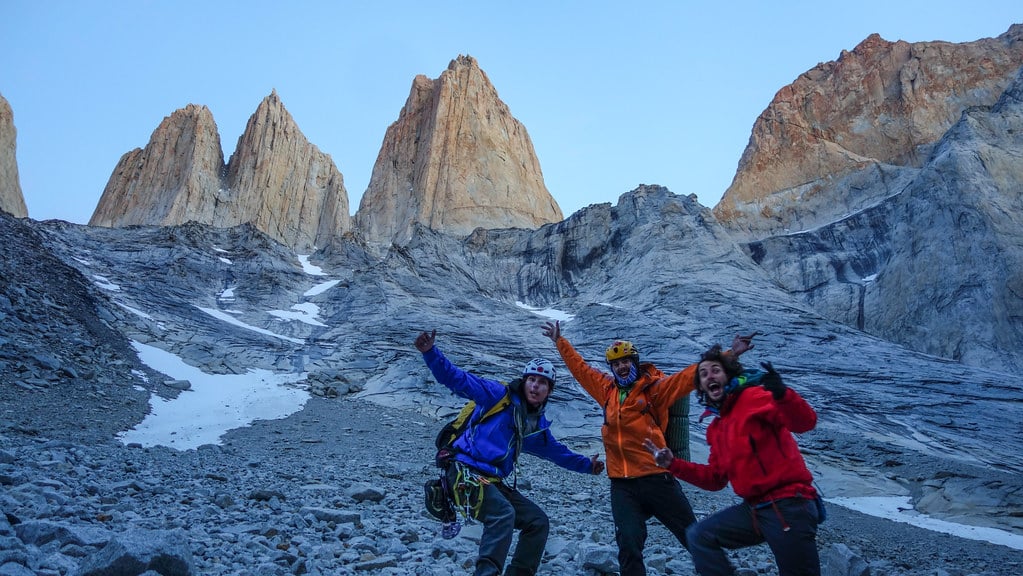 At the foot of the towers, after 3 days on their walls...Mission accomplished!
At the foot of the towers, after 3 days on their walls...Mission accomplished!They had connected the three towers in alpine style (fast and light) – the first and youngest climbers in the history to have done that.
Andino Travers had been a success.
- Start - Silence Valley
- Day 1 - The North Tower
- Day 2 - The Central Tower
- Day 3 - The South Tower
- Dream Bigger, Reach Higher
FAQ:
“When I was a child, I followed my uncle on climbing. That’s then the addiction started. My brother Juan and I climbed every day in Cajon del Maipo, close to Santiago de Chile. Then we climbed higher peaks, in Las Chilcas, El Arrayan, Cochamos, Torres del Paine. These are years of experience that allowed us to learn rappelling techniques, to find the right persons to accompany us, to form a solid group. Working out the brain was crucial. Why? Not to fear the mountain, not to shrink from the cord, not to give up your friend if something happens to him on the climb”.
Now, the Señoret Brothers are among the most promising climbers in Chile – maybe in South America. Big names sponsor them, such as Mammut, Taragui and Julbo. Everyone believes in their ability to conquer some of the most impressive mountains on Earth. Among some of their other hits, they did the first winter ascent of the South Wall of El Morado (5060m/16601ft) in Chile and the climb of Mt. Fitzroy (3,405m/11,171ft) through the Afanasieff and Franco Argentina routes.
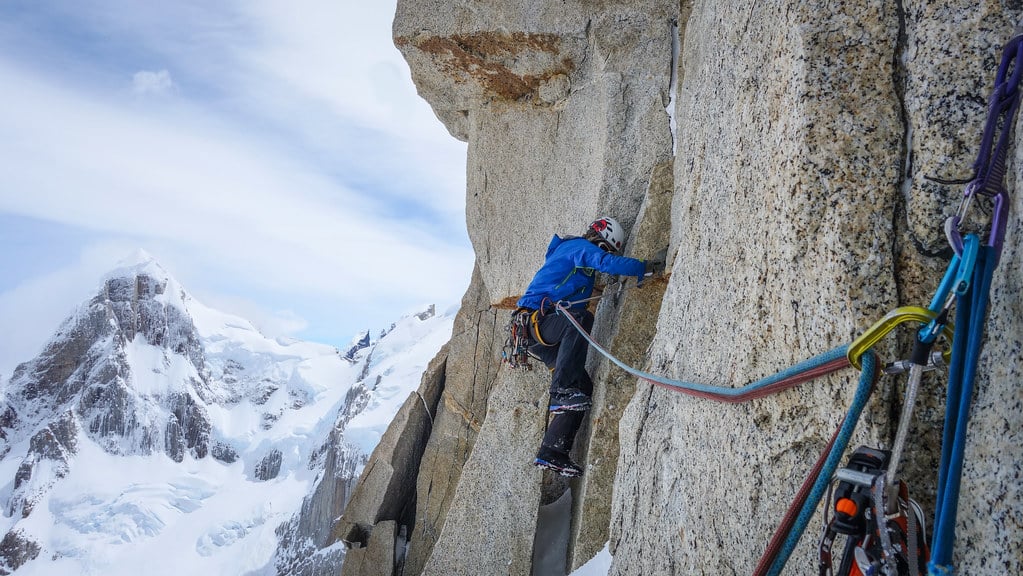 Climbing Cerro Torre in Argentina's Los Glaciares National Park
Climbing Cerro Torre in Argentina's Los Glaciares National Park“Most people climb such peaks once. We could climb them over and over. We will climb Mt. Fitzroy, Cerro Torre and the towers again. We do not merely do it for the accomplishment: we do it because we enjoy climbing. We know the magical emotion of reaching a peak, however the climb itself matters more than the target. It’s a fantastic way to feel alive”.
The Señoret brothers experienced difficult times too. On the climbing of Cerro Torre, Juan Señoret was knocked unconscious by a huge block of ice, only 70 meters from the summit. Cristobal and Iñaki were there too. Cerro Torre, located at the border between Chile and Argentina, was known as “the impossible mountain to climb” for years. It’s a well-justified reputation, as its 50-meter wide tunnels of ice made the ascent very technical. Nowadays, only the best climbers in the world reach its summit. Juan, Cristobal and Iñaki never gave up. They conquered the ice and stood on Cerro Torre’s icepeak. That was part of their training to connect the towers. I asked Cristobal if the incident had affected him.
“If you fall, it doesn’t matter. You’ll always rise up with something new to learn. My idea of climbing is not to compete. My idea is to experience. Now, I live with little money, but I live for my passion. I studied Commercial Engineering, which I know was very different. But I would be unable to be locked inside an office. Now, my brother and I only think about being outside, climbing on the mountain.”
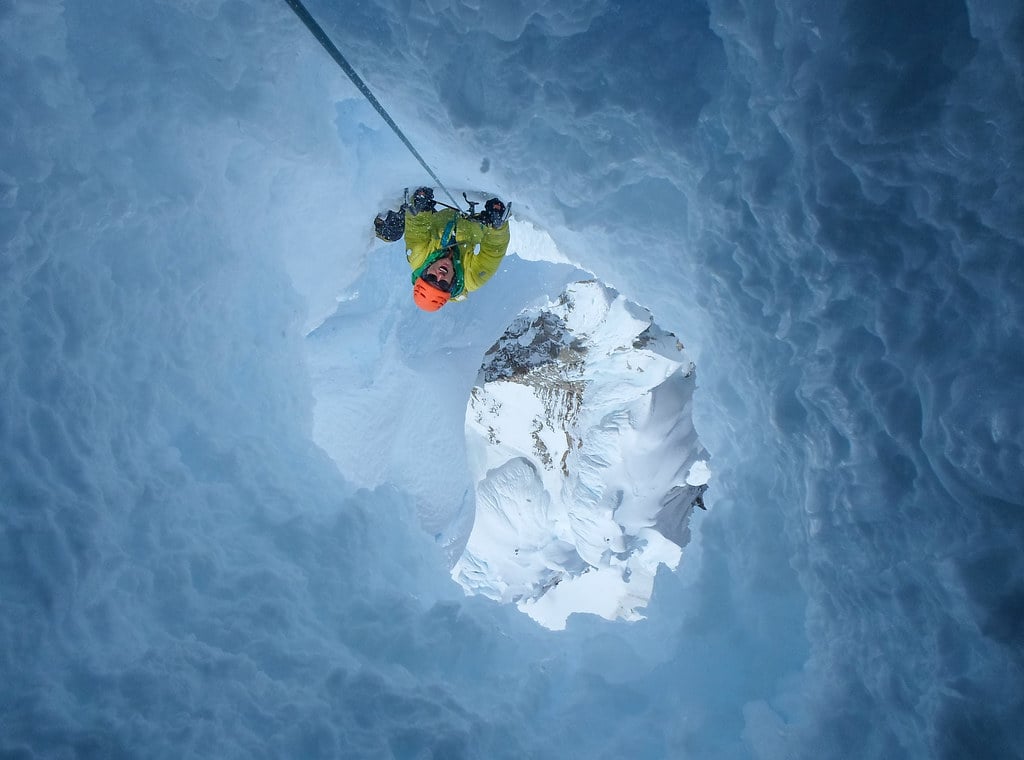 Aaaah, Cerro Torre and its infamous ice holes...
Aaaah, Cerro Torre and its infamous ice holes...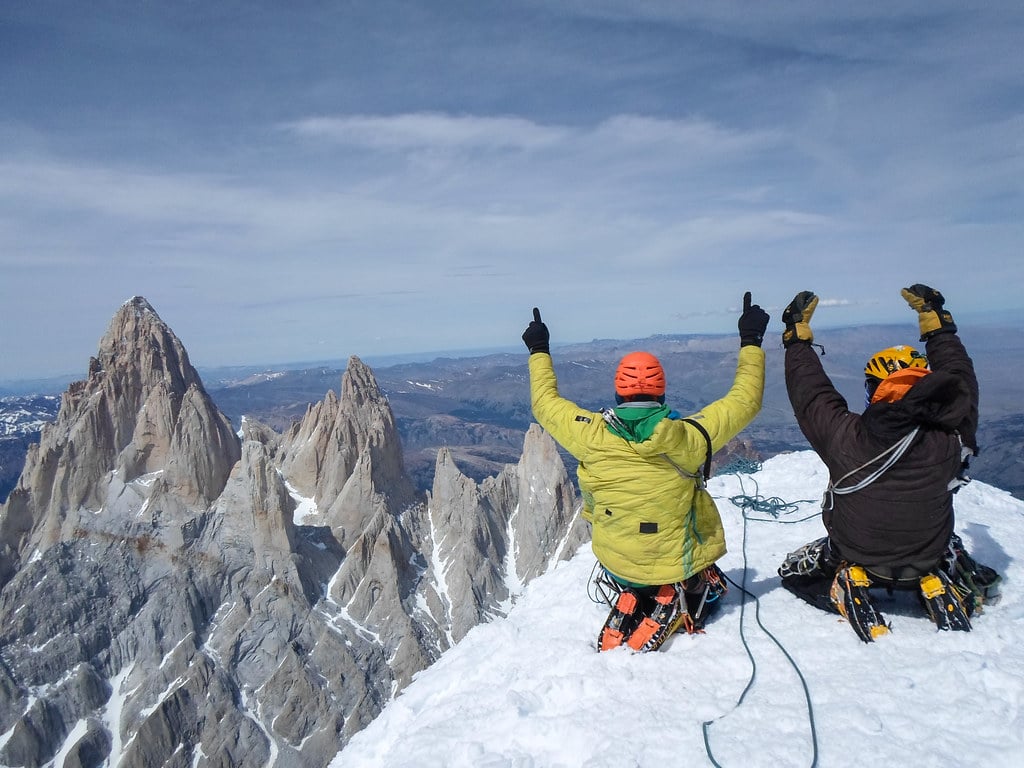 The Señoret Brothers on the summit of Cerro Torre - overlooking Mt. Fitzroy (yes, that sounds crazy, but they did it).
The Señoret Brothers on the summit of Cerro Torre - overlooking Mt. Fitzroy (yes, that sounds crazy, but they did it).Their next challenge? Climbing Chile’s Mt. Balmaceda (2035m/6,677ft) and Paine Grande (3050m/10006ft), Torres del Paine National Park’s highest peak which has been climbed only…three times.
Congratulations and good luck to our climbers!
Check out Señoret Brothers’ video about climbing the giants of Patagonia:
Do you want more information? Visit cascada.travel and learn about our programs

